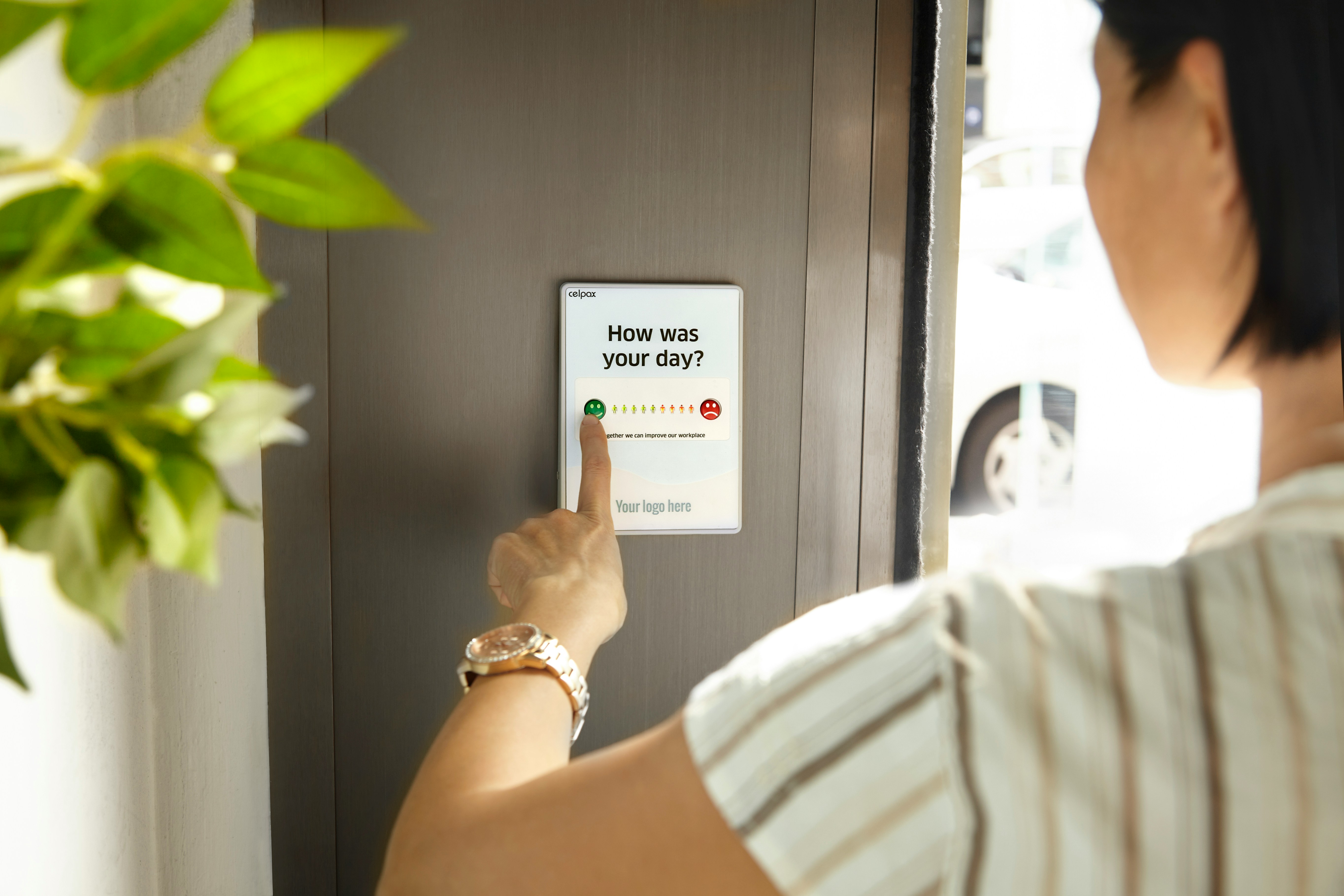Why Existing Employee Surveys Fall Short

Employee surveys are everywhere. Most large companies spend serious money on platforms to measure engagement. The assumption is simple: ask employees how they feel, analyze the data, and make the right improvements. But here’s the disconnect—despite billions spent, safety incidents keep happening, turnover stays high, and frontline frustrations still go unheard.
The reason? Traditional surveys weren’t built to solve operational problems. They were designed for HR metrics, not real-time business decisions. And in 2025, that’s no longer good enough.
Let’s break down why traditional employee surveys miss the mark—and what operations leaders actually need instead.
The Three Fatal Flaws of Traditional Employee Surveys
The Timing Trap
Operations run in real-time. Most surveys don’t.
Annual or even quarterly surveys are too slow to catch fast-moving problems. A facility can go from fully staffed to understaffed in a matter of weeks. A small complaint can snowball into a union organizing campaign in just a few months.
So why not just run more surveys? In theory, sure. But in practice, frequent surveys lead to fatigue—especially when employees are asked the same questions with little visible change. The quality of responses drops, and the data gets even less useful.
Yet, operational issues don’t wait for your next survey cycle. Leaders need insight when problems are forming—not after they’ve exploded.
The Format Limitation
Most surveys ask employees to choose from a list of options. That’s fine for tracking trends, but terrible for understanding nuance.
Say an employee rates “Satisfied with management” as a 3 out of 5. What does that mean? Is it a scheduling issue? A supervisor communication problem? A lack of tools on the floor?
Surveys compress complex experiences into rigid formats that leave the operations leader with a vague signal instead of a clear path. In order to create actionable insights, employees need to speak their minds, not be confined to multiple choice questions.
The Follow-Through Failure
Capturing the feedback is just one part of the process. The real challenge comes in being able to act on it.
Companies end up with generalized data like “40% of employees are disengaged” or “safety scores dropped 10%.” But what’s the next step and how do you turn that into action?
Open-ended responses hold the real gold because employees can be specific, but because they’re hard to analyze at scale, they’re often neglected. As a result, most survey insights never lead to operational changes.
It’s not just a data problem—it’s a delivery problem. Leaders don’t need more sentiment metrics. They need specific, actionable intelligence.
What Operations Leaders Actually Need
Clearly the status quo for surveys is not sufficient. Here’s what you actually need to make things run better:
Real-Time Operational Intelligence
You can’t fix what you don’t know about. Delays in insight lead to higher turnover, process breakdowns, and even safety incidents. When issues arise—like equipment downtime, bottlenecks, or missed shifts—you need to know immediately, not months later.
Traditional surveys are sent and reviewed on a set schedule. In contrast, AI conversations capture concerns in real time and at any time, synthesize the feedback, and get it to operations leaders fast—so action can be taken when it’s actually needed.
Unfiltered, Conversational Insights
Surveys create formality. Conversations invite honesty.
When employees talk in a natural way—whether to peers or to a voice-based system—they reveal much more. A casual comment like “Everyone’s fighting over the break room fridge” might sound trivial, but it could point to an overcrowded shift schedule or a lack of space causing real tension.
Conversational data captures what employees actually say—not just what they’re willing to check in a box.
Actionable, Specific Recommendations
“Low morale” is a big problem. “Switch break rotations to reduce second-shift fatigue” is a specific solution.
Operations leaders don’t have time to interpret vague data. Nor do they want to hire expensive consultants. What leaders need are next steps: change this process, fix this tool, adjust this policy. If insight doesn’t translate into action, all it does is add more noise to an already loud room.
The Operational Listening Alternative
Arbor’s approach is built around operational listening—a new model for capturing what employees are experiencing, in real-time, through natural conversation powered by its voice AI interviewer, Umi.
Continuous Data Capture
Instead of waiting for annual check-ins, Arbor enables ongoing listening through its conversational AI. Think of it like talking to a trusted rep, not filling out a form. It’s fast and intuitive, which yields much higher participation.
Conversational Insight Extraction
The power of conversations does not just come from the ability to speak your mind, but also to speak in response. Arbor’s voice AI has the ability to ask personalized follow-up questions that clarify issues and discover problems that wouldn’t arise from a rigid survey.
Stakeholder-Ready Deliverables
Arbor doesn’t just collect data. It turns voice conversations into executive-ready recommendations. Not “engagement is low”—but “Line 3 workers are leaving due to heat issues; consider adding mobile fans and adjusting PPE policy.”
It’s the kind of insight you’d expect from an operations consultant—only automated, scalable, and always on.
Conclusion
Surveys aren’t going away. But if you’re serious about improving operations, they’re not enough.
You can’t afford to wait for lagging data, guess at root causes, or miss the voices that matter most. Traditional surveys might give you sentiment. Arbor gives you specifics.
That’s the difference between knowing your team is frustrated—and knowing exactly what to do about it.
.webp)